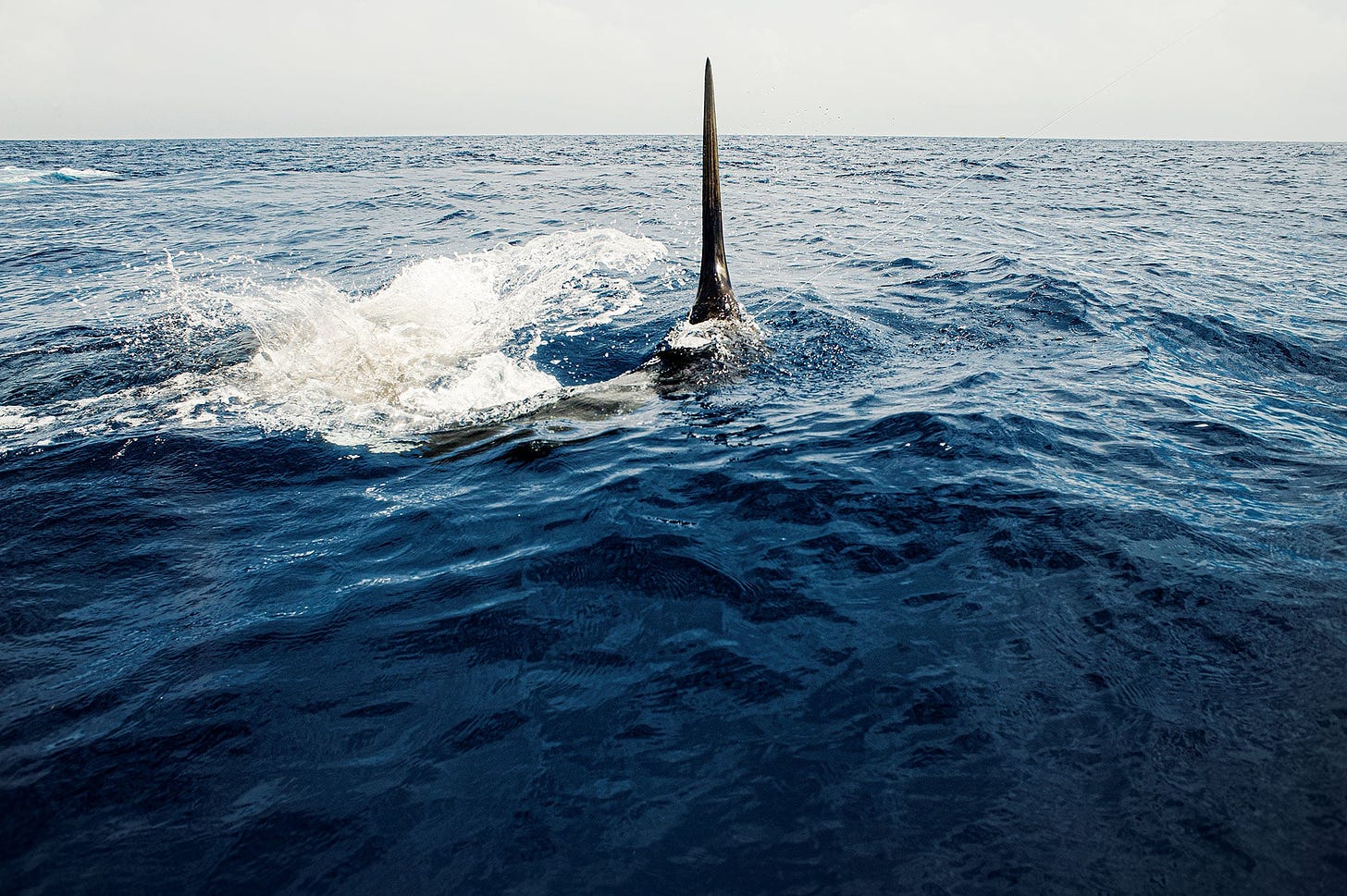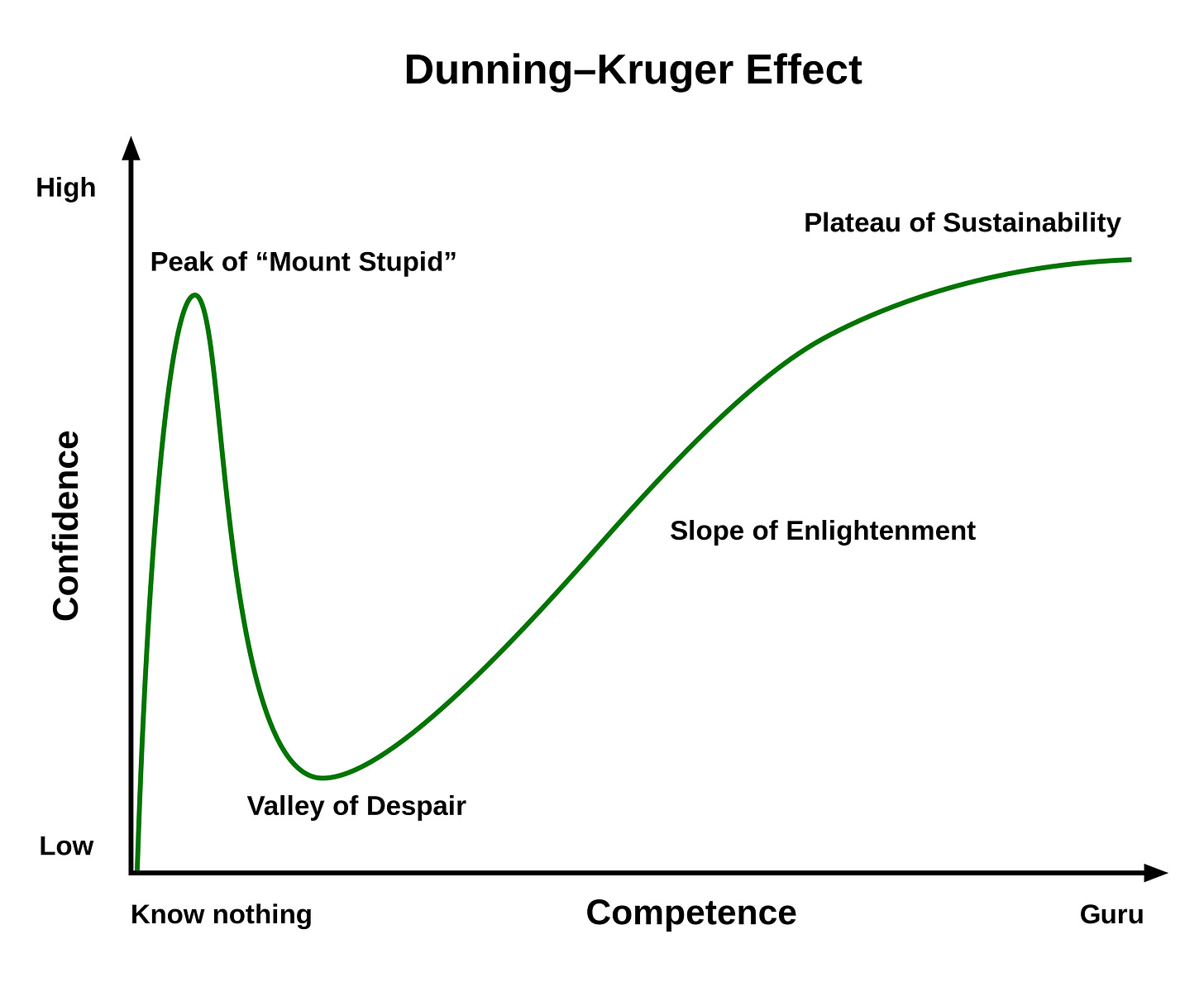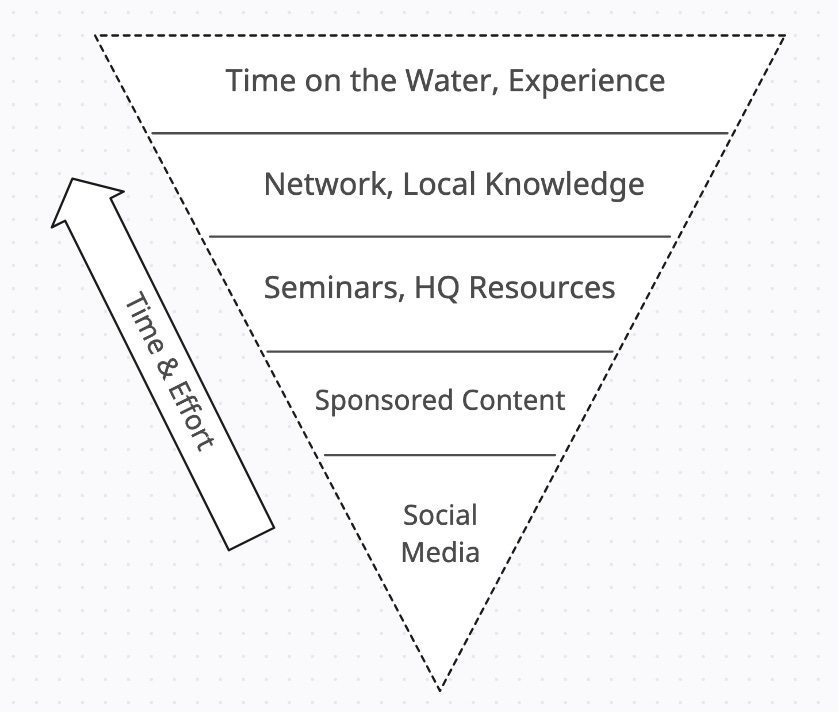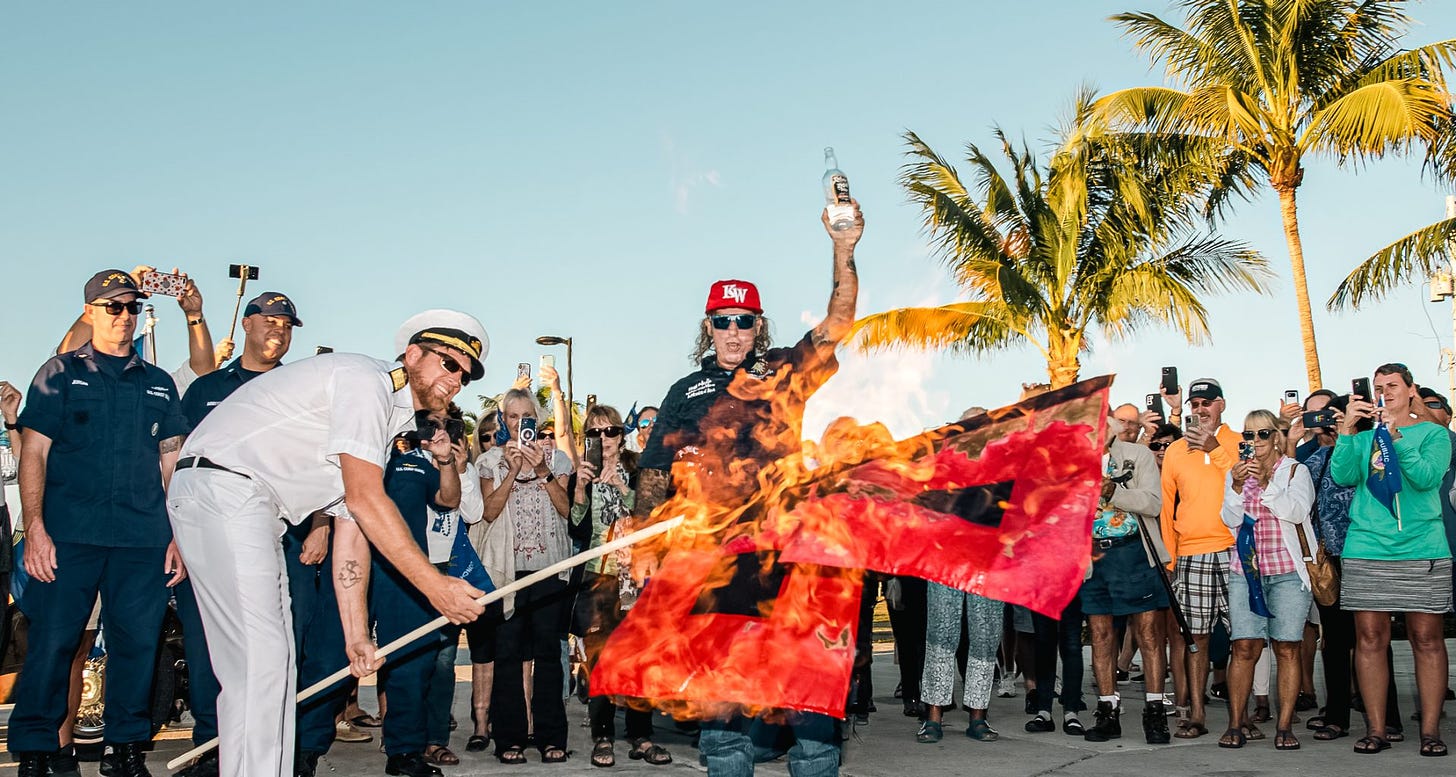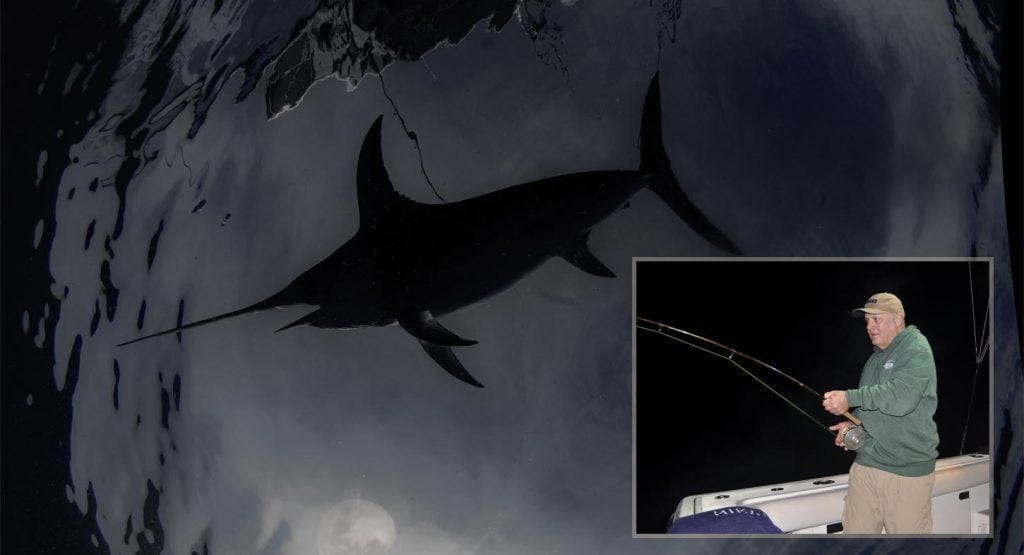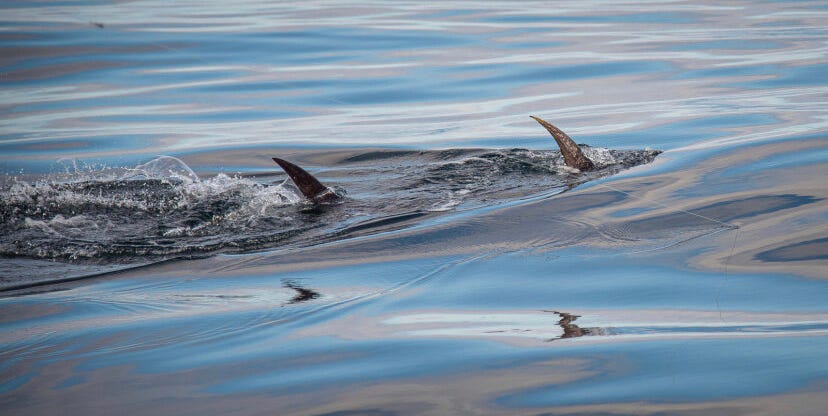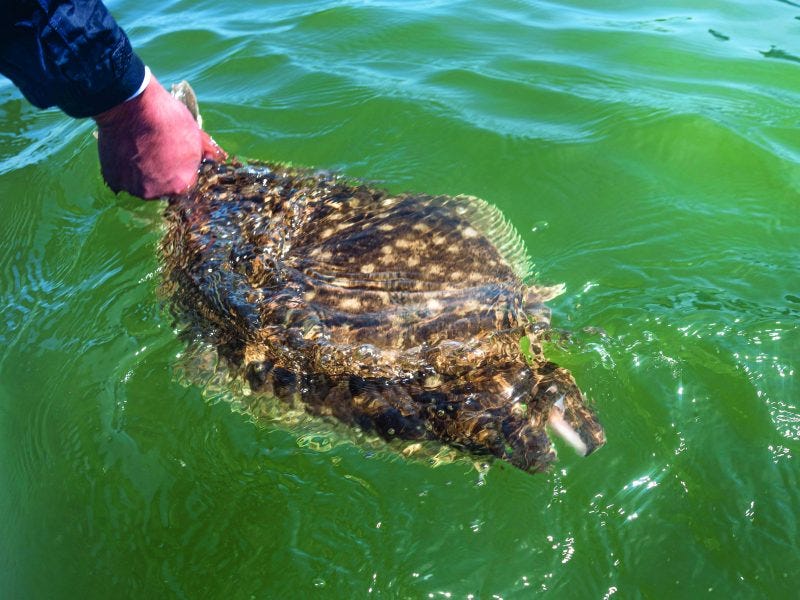The maritime rule of salvage has its origin in Roman law, which dictates that one who preserves or improves upon the misplaced property of another is owed compensation, even if the service was not requested. Let’s get out the internet trawler and get to work…
Podcast | SeaBros Fishing Podcast - Captain Mark DeCabia and Bryan "Shark" Youngkin —> A wide-ranging episode with plenty of knowledge-nuggets sprinkled in between canyon war stories. Lots of trolling and live-baiting know-how, Bigeye-specific tips, and relatable moments of sheer frustration and total elation.
Video 1 | Rigging Bench: Loaded Redfins for Striped Bass —> Fifty-years young and this ‘classic plastic’ is still regarded as one of the best big-fish plugs you can chuck from the boat or surf. Its accounted for a multitude of 50lbers up and down the Atlantic coast since its introduction, with its slow-crawling retrieve considered deadly on calm moonlit nights. On The Water contributor Steve Gallant recalls his favorite Redfin story here.
Video 2 | Trolling Bluefin Basics with Sterling Tackle —> As much as I hate to admit it, there are certain conditions (like those foggy early-Summer days) when a simple 5-rod spread can absolutely clean up on the inshore tuna grounds, outperforming both bait and casting presentations. Especially with the advent of directional bars, covering water efficiently in small center consoles with a crew of 2-3 guys has never been easier. Listen to Steve for the 411 on spread-setting, particularly on the “wake counting” segment, as well as the tips on getting your bars and plugs in “clean water”.
Video 3 | Skipping Docks for Bass —> I’d venture to say that besides baseball and unchecked government spending, skipping shallow cover for bass is about as close to an American past-time as there is. Whether its docks, shoreline bushes or between pontoon boats, there’s always a pocket of shade worth throwing a lure at as the water temps rise beyond the 50-mark. Especially with most lakes and ponds in our region running above-pool thanks to record rainfall in the month of March, don’t overlook those gnarly, hard to reach nooks & crannies when looking for Larry next time out.
Reports | OnTheWater / FishermanMag / SaltyCape / HullTruth / StripersOnline
Fishing Philosophy: Learning How to Learn…How to Fish
I’m going to preface this segment by saying this might be the most interesting thing you read all week, or quite possibly the dumbest thing to pass through your skull in months. What I can almost guarantee however, is that you have never seen this discussed or likely even considered.
It goes without saying, we all want to get better at things that are important to us. And so, while failure and false-starts are obviously important stepping stones to improving any skill worth acquiring, especially angling, knowing where we are on the learning curve is perhaps an under-appreciated element.
Enter the Dunning-Kruger curve — a theoretical measure of competence and confidence — which some might immediately recognize as the progression from the “beginners luck” phase to the “I suck and wanna sell all my gear” rut, to being consciously competent and finally the nirvana of “that dude is just fishy” status.
With the prerequisite of being honest with our own competence level, how we then focus our our energy & time can have a massive influence on gathering the kind of feedback (experience, bites, intel) that helps us level up.
You may have heard the old chestnut that “20% of fisherman catch 80% of the fish”. In my experience the maxim holds up, and this very same ‘Pareto Principle’ goes hand in hand with the information quality that you’re consuming: a small sliver of it will be responsible for an outsized impact on your success. So how do you ensure better outcomes without knowing what information will be the most impactful? You have to build an internal filter. As neck-bearded computer programmers are often known to say, ‘if garbage goes in (to a system), garbage comes out”.
For the sake of simplicity, let’s call our next graphic the Funnel of Focus. In chronological order, we see an optimal stack of inputs into the frontal cortex of the modern day angler…
It might sound old-fashioned in the age of digital catnip (and in a blog broadcasted primarily through social media), but I firmly believe that your own experiences and instincts are the primary driver of future successes. As much as someone can tell (or influence) you that a certain technique, lure, or location will improve your outcomes, only the act of doing will truly build your confidence/competence.
The next most impactful factor is your network and community-shared knowledge, followed by high-quality educational resources that have a reputation-al or monetary stake in being generally “accurate” (think tackle-shops, books & regional publications). Like most wooden surf-plugs, some (re)sources tend to track better than others over time.
Where the murkiness begins and the authenticity typically ends is when we get into the chaos of sponsored content and social media click-bait. Like gas station sushi, if consumed on a regular basis and taken at face value, you’ll find yourself entertained for while, only to end up needing to purge the system. Quantity of eyeballs, not quality of information, is the algorithmically-driven game, with anyone who is worthy of sharing good intel usually smart enough to leave out the essential ingredients to their recipe for success.
Parting tips on how to learn…
- Don’t do it in a vacuum, ask for guidance and feedback. You’ll be surprised who might help.
- If you want to truly learn, try to teach (or write!) Slowing down and reconsidering the fundamentals might just make for a lightbulb moment.
- Even when if you’re beat, defeated, in rut…find a lesson. Sometimes what isn’t working (that was working before) is the biggest clue that something has changed.
- Limit your resources to learn specific skills. If you want to get better at throwing a bucktail in the surf, then only bring bucktails, regardless of the conditions. Constraint = Creativity.
- Compete against yourself, not reports. Angling progression is simply making better decisions than you made yesterday.
- Never be too proud to ask the dumb question. How someone answers will tell you a lot about where they are on the confidence / competence curve.
The Conch Republic (FieldEthos) - “In 1982, US Border Patrol set up a roadblock on Highway 1 hoping to intercept illegal immigrants and illegal drugs. The roadblock caused massive delays worthy of LAX TSA and only managed to piss off the locals of Key West, who relied on tourism. The city council complained to the feds, which was as effective as you would imagine. In response, the Mayor of Key West, declared Key West’s independence on April 23, 1982. The Conchs celebrated, probably with Jimmy Buffet music and enough liquor to drown Congress. For the most part, no one actually took the secession movement seriously (maybe a few residents) until 1995 when the U.S. kinda invaded the questionably sovereign land. In 1995, the Conch Republic’s naval forces were deployed to a possible invasion of the U.S. Army Reserve, who were conducting training operations in the area. The CR Navy attacked the U.S. military on water, throwing conch fritters, stale Cuban bread and water balloons. Historians debate the sobriety of the flotilla but at the very least, no one was killed and the Army was forced to apologize for any sign of aggression against the island nation.” —> Happy Conch Republic Independence Week to those who celebrate irresponsibly. Arguably the most infamous CR drunkard was none other than Ernest “Papa” Hemingway, who was no stranger to the bars on Duval street, often found stumbling in search of “liquid inspiration.” I mean, one of the man’s mottos in life was “write drunk, edit sober.” Legend has it that on one of his particularly inspiring adventures in Havana, he found himself facing down a row of daiquiris, which had yet to be popularized in the United States. After gulping down the first he ordered his second with no simple syrup and TWICE the rum, and the “papa doble” was born. Alas, a quick internet search would suggest he’s still La Floridita’s title holder of the most daiquiris drank in one sitting at 16.
Mediterranean Swordfish on Fly (IGFA) - “This was the opportunity we had been waiting for, for several years. Ever since we first kicked around the idea of trying to catch a swordfish on fly, swords have been plentiful in the rich seas around Majorca. Each season, Riera catches a lot of them. He has tagged as many as six in a single night fishing conventional tackle. The winter months were the most prolific, he explained, notably around the period of a full moon. So each year, we patiently watched and waited for a suitable window of opportunity to present itself. With a full moon and exceptionally calm conditions forecast for at least the next three to four days, this was the opportunity we had been waiting for.”
What Does Recreational Fishing Really Mean? (John McMurray ConserveFish.org) - “Sure, harvesting fish is certainly part of fishing (it’s definitely part of tuna fishing). But honestly, it’s a relatively small part. The truth is that fishing isn’t really about killing a bunch of fish, “boxing up” and going home. It’s much, much more about the experience. There’s something unmistakably meaningful about immersing yourself in the marine environment and actually becoming part of an ecosystem. Fortunately, we’re at the top of that food chain, ahem, most of the time. I mean, seriously, sometimes you’re in the middle of it all. Hundreds of blitzing striped bass or tuna. If you get out on the right day? You might just find yourself hand-feeding yellowfin tuna behind the boat. Maybe that makes sense to some, and maybe to others it really doesn’t. But if you’ve been there, I’m sure you understand how profound such experiences are.” —> Another thought-provoking piece from Capt McMurray. And it’s hard to disagree with him as a mostly recreational angler myself. Charter Captains, which I totally get, for more than one reason, have an incentive to kill fish. It’s how they pay for gas, build a client book, and stay fiscally afloat. On the other hand, I think I’ve come to more genuinely respect recreational anglers who kill less, tag and release more, and put emphasis on the experience over ‘being on the meat’. It’s a sign of experience, self-restraint, and progression beyond the bloodlust that captures amateurish imagination. Sure, take enough loins to set up for a few fresh meals (and maybe some for the neighbors), but don’t tell me that the crew of a million-dollar sportfish needs to limit out four-straight days because they need to “feed their families” (freezer-burn most likely). That’s called box-checking, and it’s what middle-managers in human resources do from 9 to 5, and exactly what we’re trying to depart from every time we push beyond the 3-mile line. Be a positive influence, add to our cumulative knowledge, bring someone new into the sport, or just relax and enjoy the moment.
Jigging for Fluke on the Flats (OnTheWater) - “Summer flounder are migratory, moving east to west in the late winter and then west to east in the early fall, with water temperature playing a huge role in their location and feeding behavior. In the spring and early summer, the water temperature on shallow flats, cuts, and channels away from the inlets offer the warmest temperatures and optimum feeding areas. Young-of-the-year blue crabs, calico crabs, sand shrimp, grass shrimp, and mantis shrimp are the primary forage for fluke at this point in the season. Crabs that hatched the preceding summer will reach a 1- to 2-inch size range before their winter hibernation. During the winter, they burrow into the mud and re-emerge as the estuaries warm, just as the fluke are moving in. Shallow areas adjacent or among muddy eelgrass bottoms are the places to locate these springtime crustaceans. Regardless of the location, state, or region, most Northeast and Mid-Atlantic backwaters offer similar topographical features that will hold fluke.”
Thanks for reading The Weekly Salvage, until next week!
Have feedback or want to learn more?
Reach out to us on IG @Blowin_We_Goin



